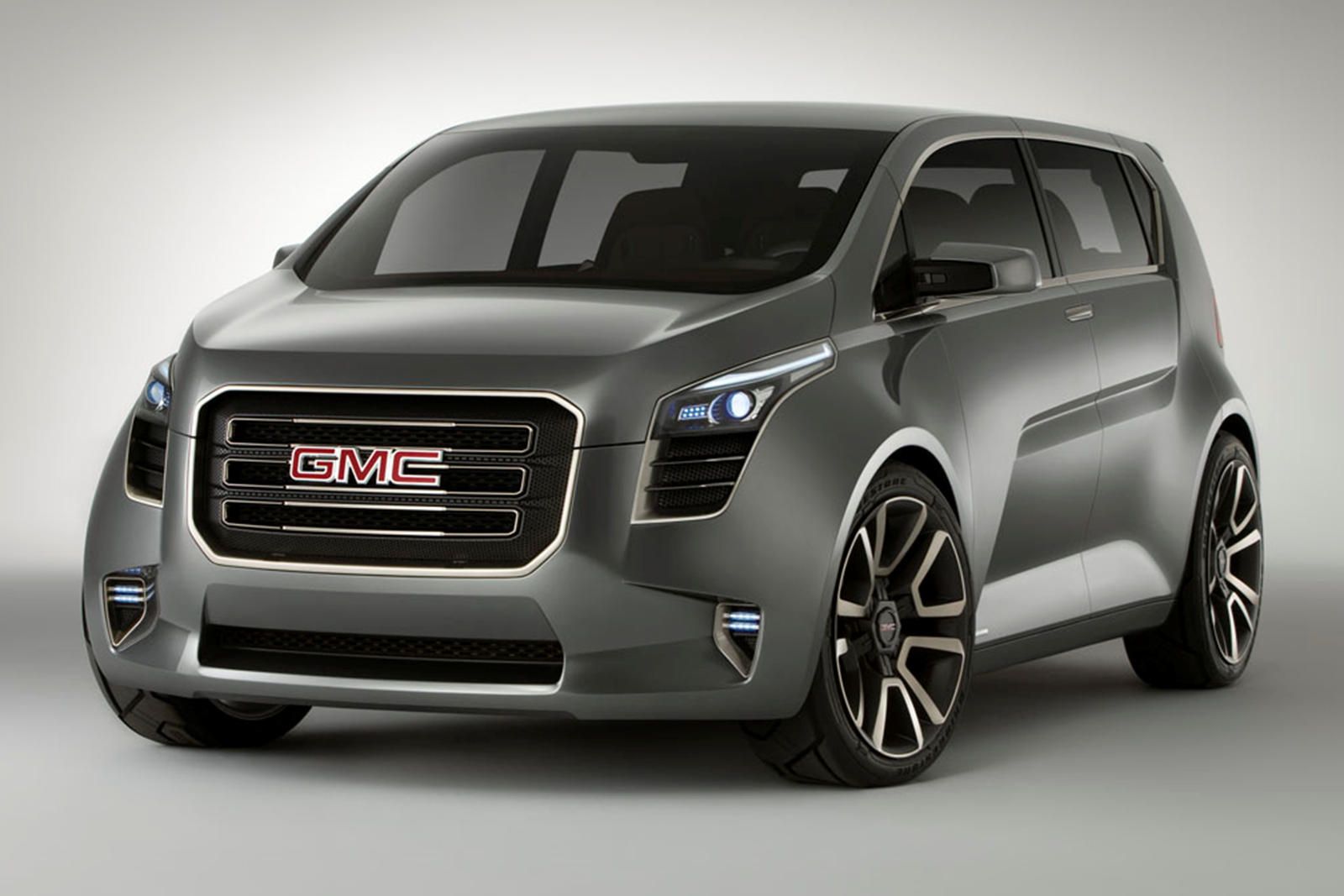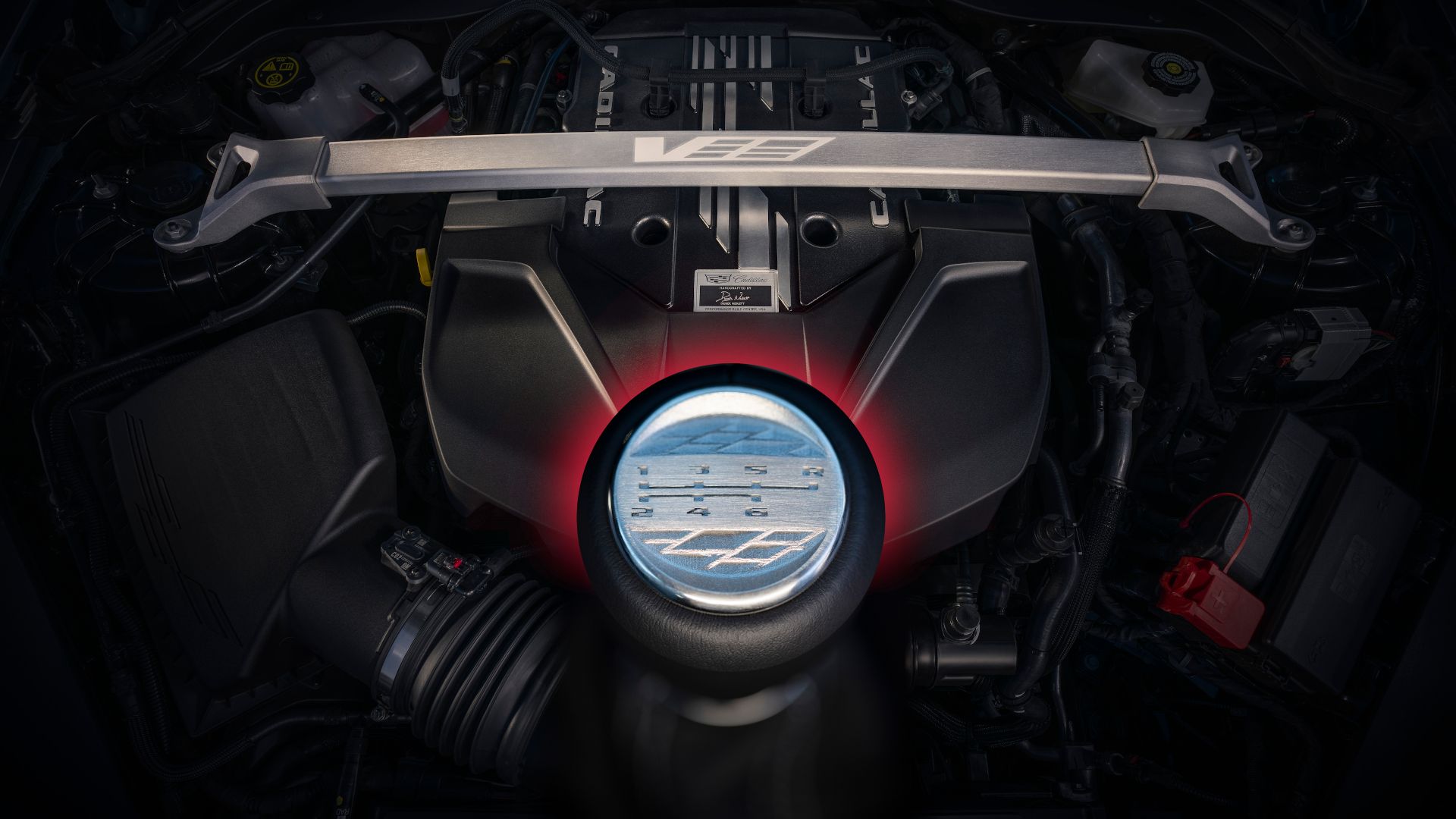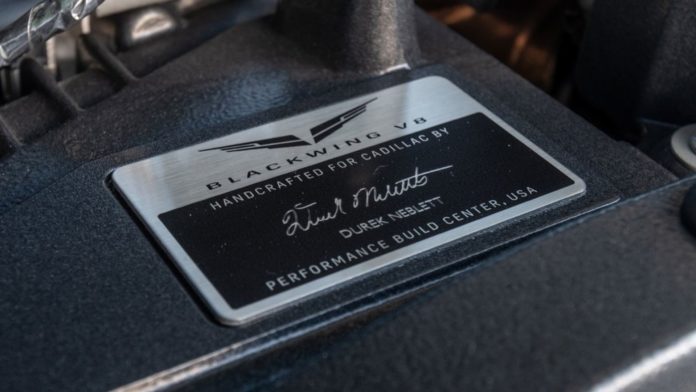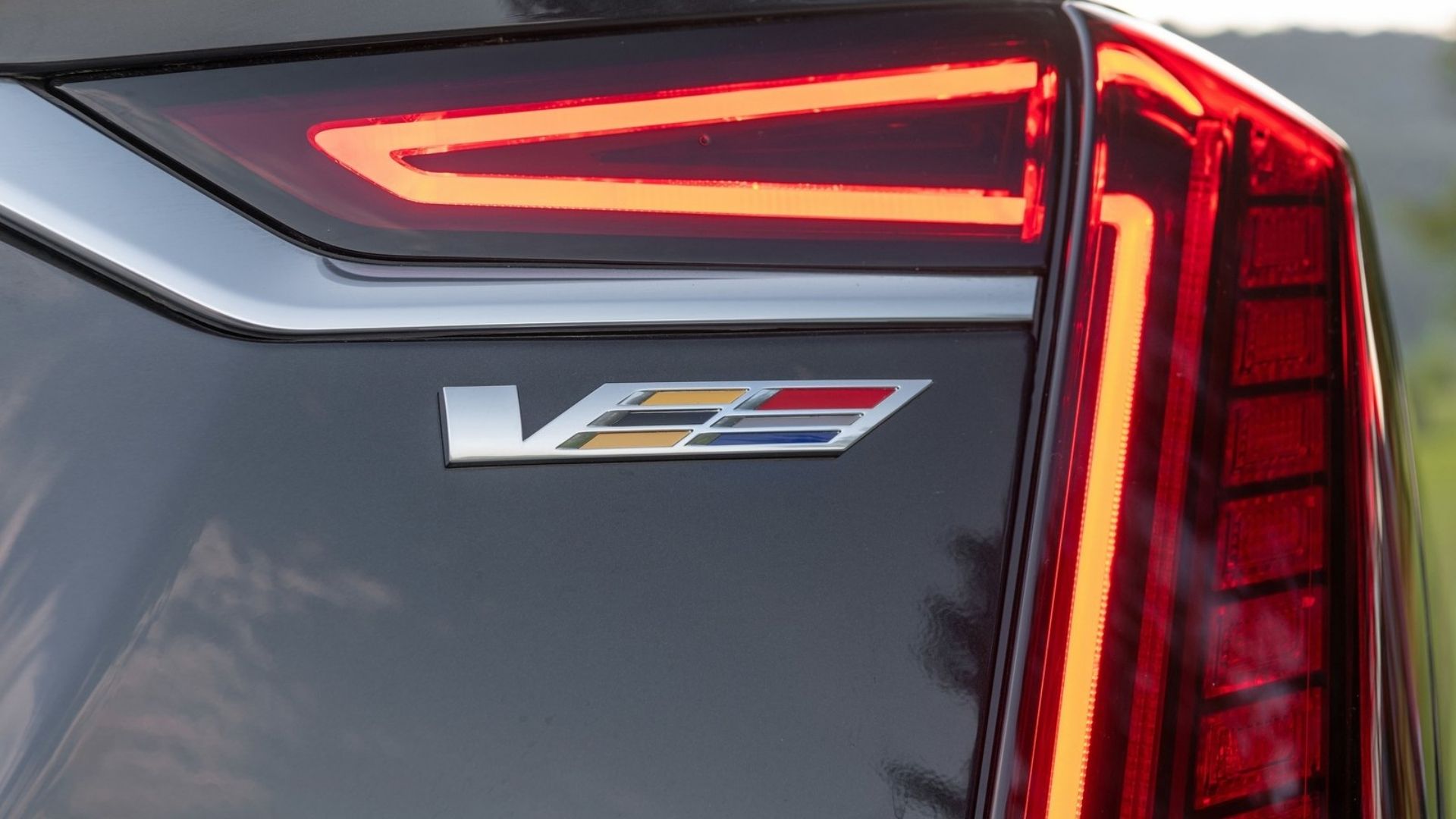Decades ago, before General Motors was anything like the homogenized company it is today, brands under its wide-reaching corporate umbrella operated mostly independently of one another. Competition between the marques was commonplace and, in some cases, even encouraged by GM senior management. That meant each brand, for the most part, came up with their own engine designs. That all changed in the mid-1970s when GM shifted its outlook to be more streamlined and, unfortunately, cheaper.
These days, what’s left of GM uses a handful of engines across all of their brands. However, just a few years ago, Cadillac decided to strike out on their own and create their first home-brewed engine since the Northstar V8. It was a big challenge, but Cadillac was up to it. Things didn’t go as planned, though, and the Cadillac Blackwing V8 suffered a quiet death, with only its name living on to remind those who knew of what could have been a great, long-standing engine.
So, what happened to the Blackwing V8? At the time, it was excitedly discussed in several automotive publications during its development. Then there was nothing, just a quiet announcement from GM saying the Blackwing engine program had been scrapped. CarBuzz has been mulling this over recently, and has set out to create a thorough overview of the Blackwing V8 from its inception, specs, and its downfall. Read on, and we’ll see what we can learn.
The following information pertaining to the Cadillac Blackwing V8 was taken from various sources, mainly Cadillac.com, GMAuthority.com, and AutoData.net. Historical information was also sourced from Cadillac.com
Blackwing: A Great Name For A Special Engine
A Few Blackwing V8 Facts
- The design phase began in early 2018
- Production started in 2019
- First-ever twin-turbo V8 for the brand
Back in 2018, Cadillac was busy revamping its sedan lineup, having ditched both the compact executive CTS sedan and the midsize ATS sedan two years prior. To replace these, Cadillac came up with their replacements: the CT4, CT5, and CT6, the latter of which being the largest and most luxurious. As is customary for how the modern General Motors company operates, engines that were to be sourced for these sedans were already in production and would be borrowed from other brands. When it came to their flagship CT6 sedan’s engine, however, Cadillac wasn’t satisfied with what GM had to offer them.
The solution was simple yet, as Cadillac and GM would later find out, extremely complicated. Cadillac took it upon themselves to create its own clean-sheet engine design, something the luxury marque hadn’t done since the inception of the Northstar V8 in 1992.

Related
6 Amazing Cars General Motors Should Never Have Cancelled
From developing an amazing engine and not using it, to missing the EV train.
GM was skeptical. A lot of money is required to create a brand-new engine and GM hates parting with any unnecessary funds. Regardless, the project was eventually greenlit, and the GM engine gurus set to work designing the Blacking V8.
After nearly a year of intense design work, the Blackwing V8 was ready for production by the end of 2018. At first, only 275 2019 CT6 sedans were to be sold in the United States with the Blackwing V8. Within minutes of the order books opening, all 275 units were sold. This was great news for Caddy and GM, but as time would march on, the Blackwing’s future would sink more and more into jeopardy.
Just How Powerful Was The Blackwing V8?
Blackwing V8 Specs
|
Model |
CT6 4.2 Platinum |
CT6-V |
|---|---|---|
|
Displacement |
4.2-Liter Twin-Turbo |
|
|
Horsepower |
500 hp |
550 hp |
|
Torque |
574 lb-ft |
640 lb-ft |
|
0-60 MPH |
4.1 Seconds |
3.7 Seconds |
|
Years In Production |
2019–2020 |
|
As with all GM-bred engines, the Blackwing V8 carried a three-character identification code, or RPO code, that code being LTA. The Blackwing was to be Cadillac’s first twin-turbocharged V8 ever, and its first dual-overhead cam (DOHC) V8 since the Northstar engine. Along with these firsts, it was to also showcase some modern, cutting-edge features, as well.
The block was to be cast from aluminum to help keep the Blackwing’s weight down. However, a problem with aluminum is it doesn’t like heat and can warp under prolonged high-temp strain. To combat this potential issue, Cadillac engineers pressed iron sleeves into the LTA‘s cylinder walls, as iron is great at withstanding heat. The Blackwing showcased a forged crankshaft and forged connecting rods for better durability and longevity than cast components. It also featured sodium-laden valves, which help to disperse heat.

Related
7 Cars With Exclusive Engines
A clean-sheet-designed engine used in just one model of car is a rarity.
The two turbochargers used in the Blackwing V8 were twin-scroll units, which have a broader range of effectiveness across the rev range than single-scroll turbos. These turbochargers were organized in a “hot V” formation, which meant they were situated within the cylinder banks. The Blackwing’s turbos could achieve 20 PSI of boost, or about 10–15 PSI more than a standard, turbocharged engine seen in mass-market vehicles. As turbochargers tend to create a lot of heat at the bottom end of an engine, Cadillac designed oil jets that could spray onto the pistons under load to help keep them cool.
All Blackwing V8s were mated to a GM 10L90 10-speed automatic transmission, and all CT6s with the Blackwing motor equipped received Cadillac’s all-wheel drive system. The Blackwing motor was initially offered within the CT6-V and the CT6 4.2 Platinum, the most luxurious trim possible. The Platinum 4.2 Blackwing produced 500 horses, and the CT6-V received 50 more thanks to tweaks in the CT6-V’s ECU.
So, What Happened To The Blackwing V8?
While initial public interest in the Blackwing V8 was obviously larger than anticipated, shown by the speed at which the first 275 examples of the LTA V8 sold, the writing on the wall for the Blackwing’s demise was there from the start.
The most glaring issue Cadillac had with producing the Blackwing was cost. Each LTA V8 produced cost over $20,000 to build, rendering profits from automobile sales virtually nonexistent. While this phenomenon is expected during the early stages of a brand-new motor’s lifespan, General Motors was adamantly against continuing the Blackwing’s production, with their rationale behind its cancelation being their 3.0-liter twin-turbo LGW V6 being able to offer more than 50 percent of the Blackwing’s power for far less money.

Related
There’s Only One Manual, V8, Rear-Wheel Drive Sedan Left In America
The V8, rear-wheel drive sedan is dying, but those with a manual gearbox? Those are dying even quicker.
Another blow to the Blackwing V8 was the cancelation of Cadillac’s planned CT8/Escala sedan, which was meant to be even larger and more luxurious than the CT6. This, coupled with the Escalade’s tentative plans to begin offering the Blackwing V8 falling through, meant the LTA V8 was ultimately given the ax in late 2020, along with the CT6 sedan as a whole, due to poor sales and high production costs. Despite its cancelation, you can still order a Blackwing V8 long block off of Cadillac’s parts website, so long as you have $21,667 to spend on it.
In total, about 1,200 CT6 4.2 Platinums and CT6-Vs were sold with the Blackwing V8 before the proverbial plug was pulled. Due to the aforementioned cost each LTA V8’s production incurred, General Motors lost roughly $23 million on the entire Blackwing V8 program.
Other Notable Caddy-Bred Engines
Some Cadillac Engine Firsts
- First American car company to put a V8 in a passenger car
- First company to mass-produce a vehicle with variable displacement tech
- First company to produce a V16 engine for the mass market
Back over 100 years ago, Cadillac was the first American carmaker to mass-produce a V8. Its first job was to power the 1915 Cadillac Type 51, a large sedan. The then-new motor was known for its unmatched smoothness and power, which measured 70 horsepower from a 5.1-liter, L-head (side-mounted intake and exhaust valves) block design. In its first year, Cadillac sold over 18,000 models equipped with the V8 and by 1927, they were selling close to 50,000 V8-powered cars per year.
Another notable engine for Cadillac is the 6.0-liter, variable displacement V8 from 1981, also known as the 8-6-4 V8. However, its notoriety is the bad kind. The idea was to create an engine that could shut down two or even four of its cylinders when not needed. This would, in theory, reduce fuel consumption by as much as 30 percent. It was a great idea on paper, but the electronics required to reliably accomplish this feat were famously poor. The engine was so unreliable and bad overall it was only manufactured for the 1981 model year. Fleet orders could select the engine until 1985, but it was seldom chosen.

Related
Bugatti’s New V16 Engine Is The First Series Production V16 In 84 Years
And it’s going to change the automotive industry in a big way.
Cadillac’s Northstar V8 also deserves a mention here. It was first introduced for the 1992 model year and featured some then-cutting-edge tech, such as dual-overhead cams and all-aluminum block and heads. It was considered GM’s most technologically advanced engine at the time and was developed by Cadillac alongside Oldsmobile’s Research and Development team. At first, the engine was considered unreliable. There were a few key issues, such as its thermoplastic fuel rails degrading and having poorly-designed head gaskets, which would fail more often than almost any other engine GM made. These issues were corrected later in its life, and it became a very reliable motor until its discontinuation after the 2011 model year.
Conclusion
In the end, Cadillac’s past reputation for innovative ideas and, in most cases, good execution paved the way for several other automakers around the world when it came to engine design. It’s a sad fact that the Blackwing V8 was discontinued so soon into its promising life, and only time will tell if Cadillac will grace the automotive world with another innovative engine in the future.
Sources: GMAuthority.com, Parts.Cadillac.com



